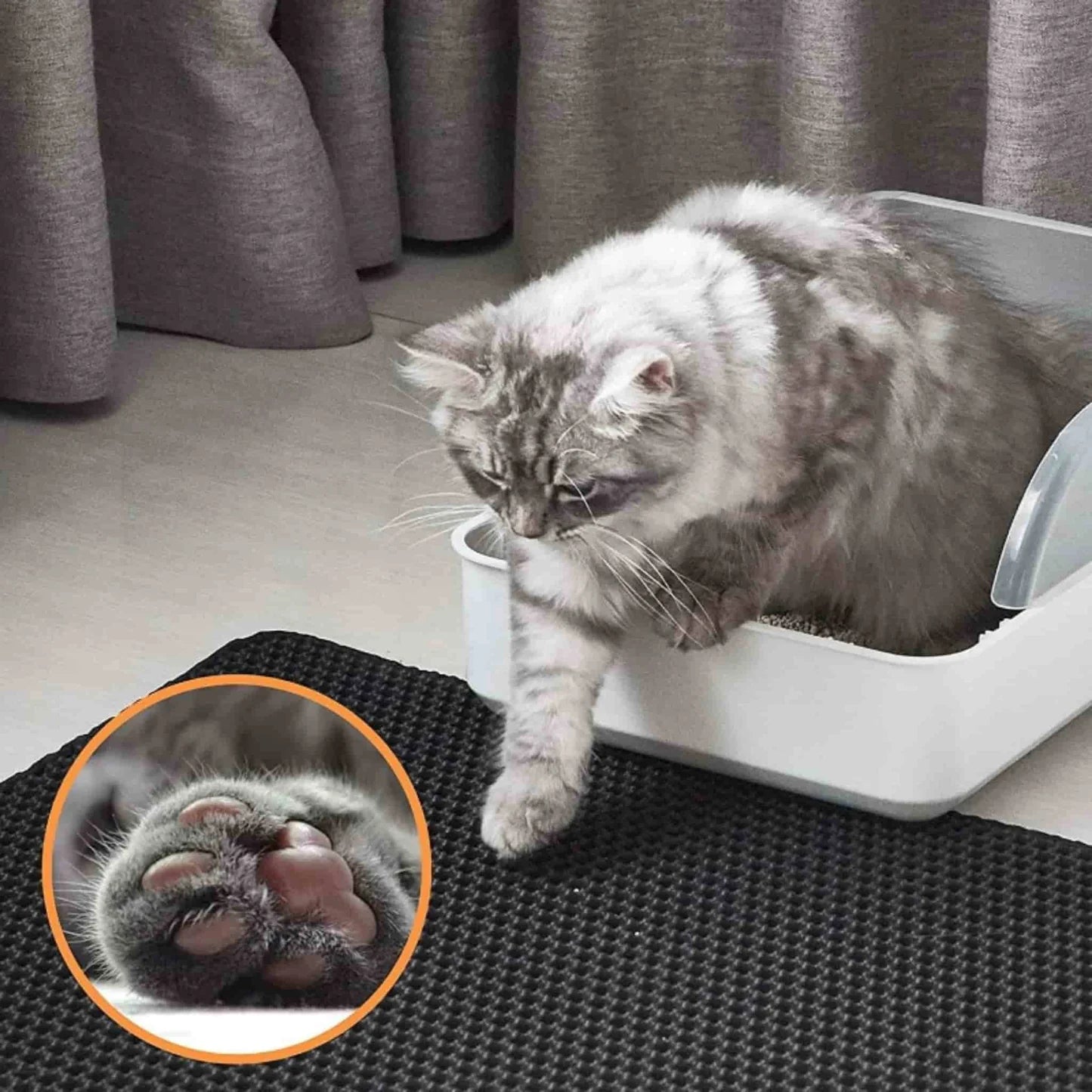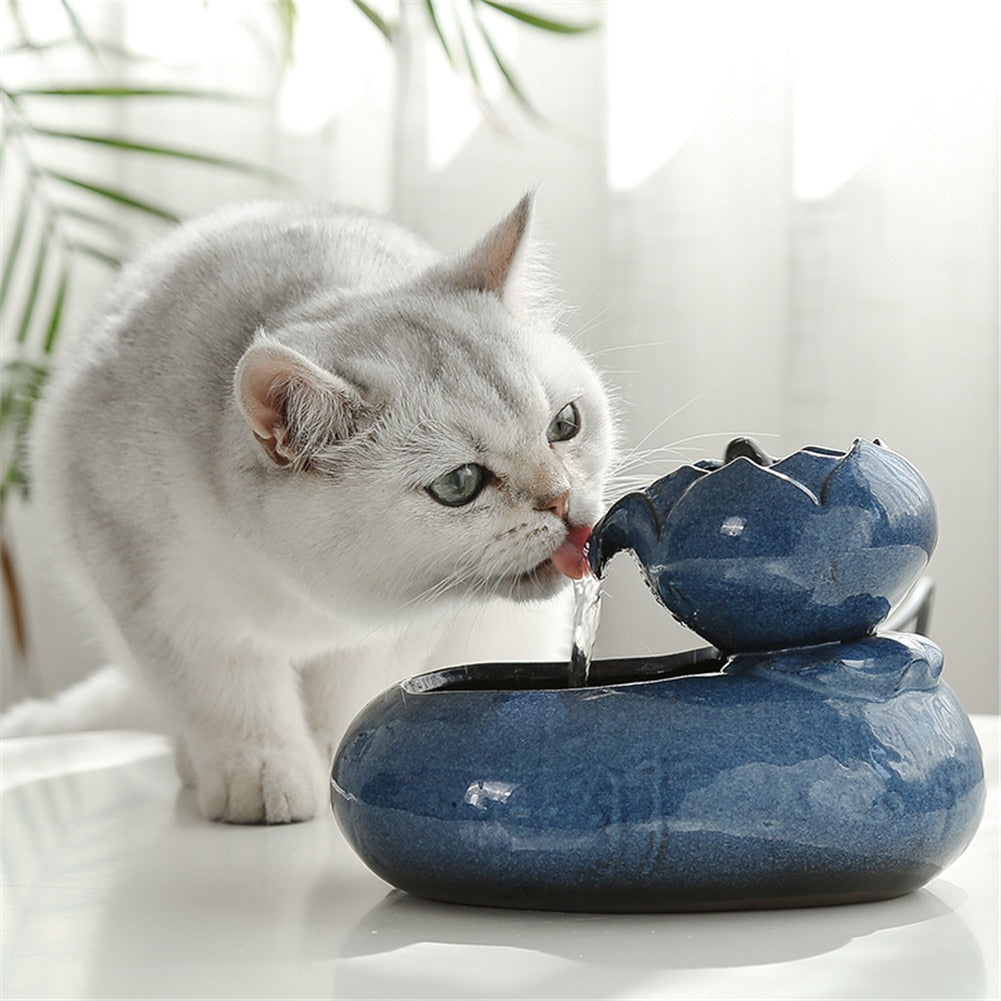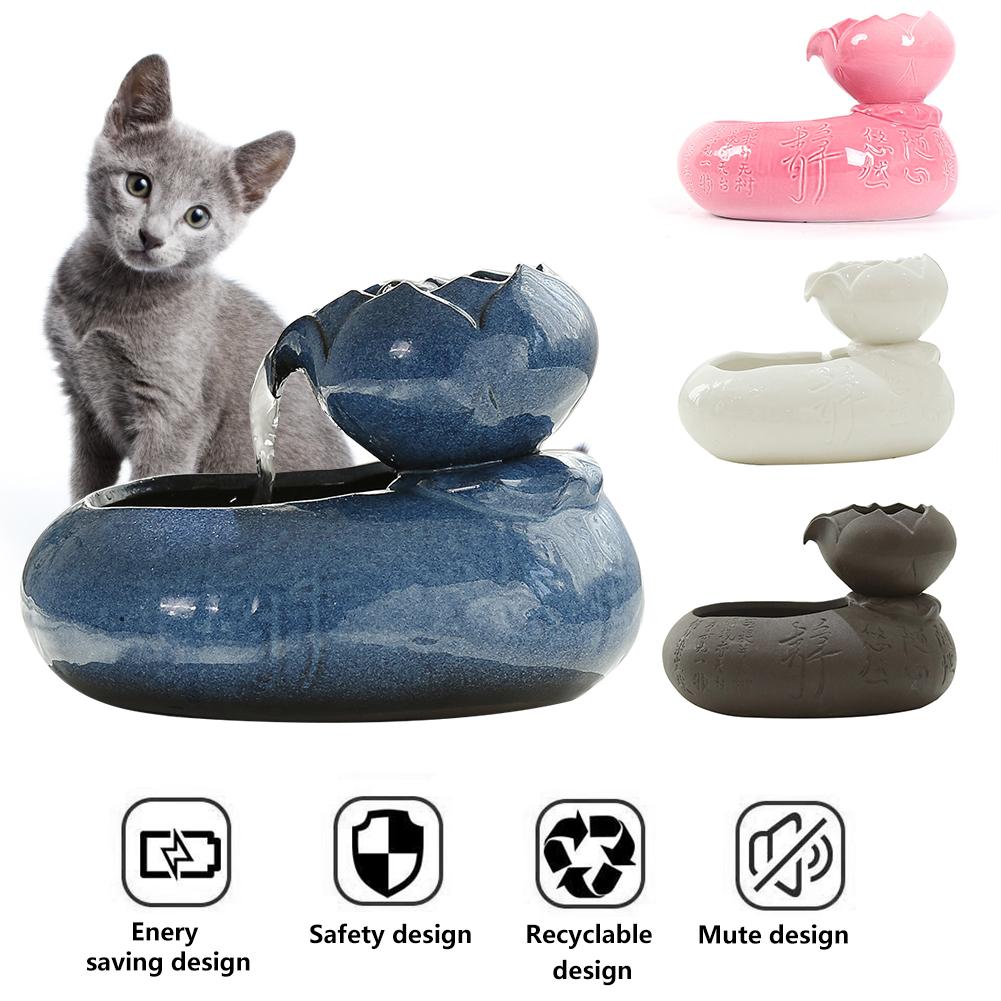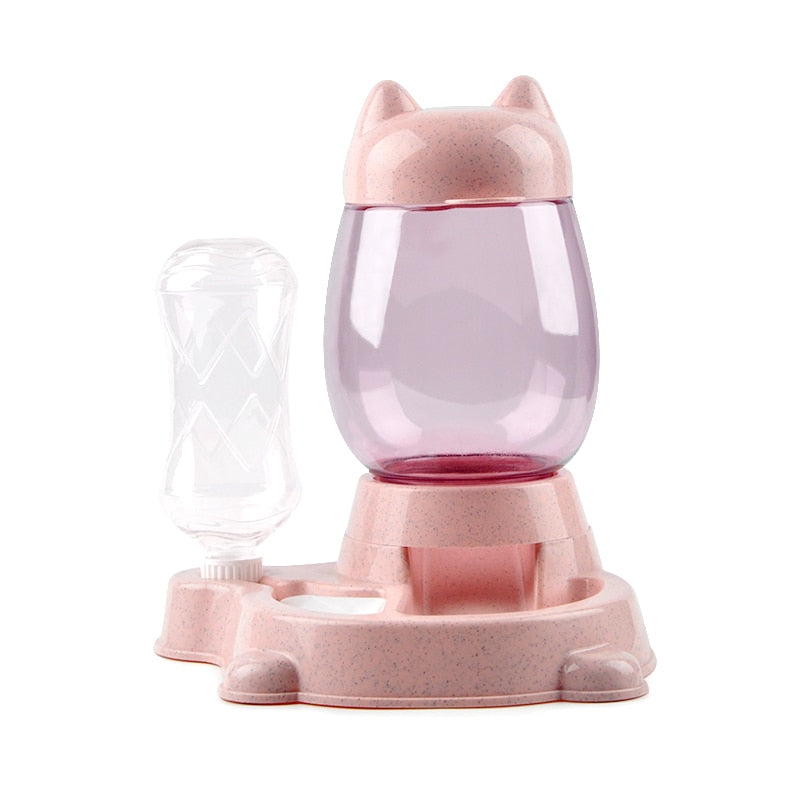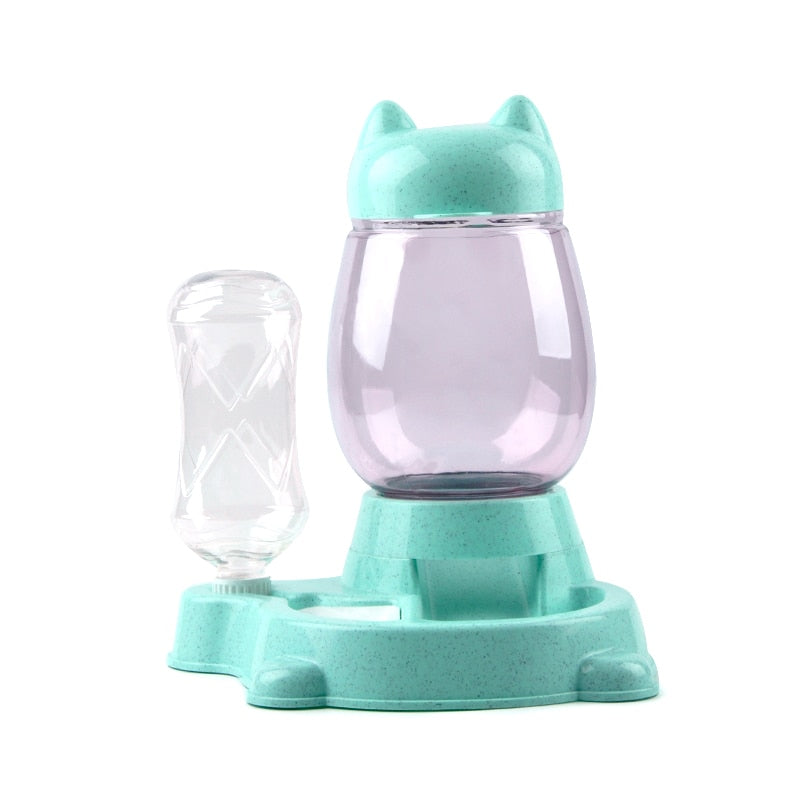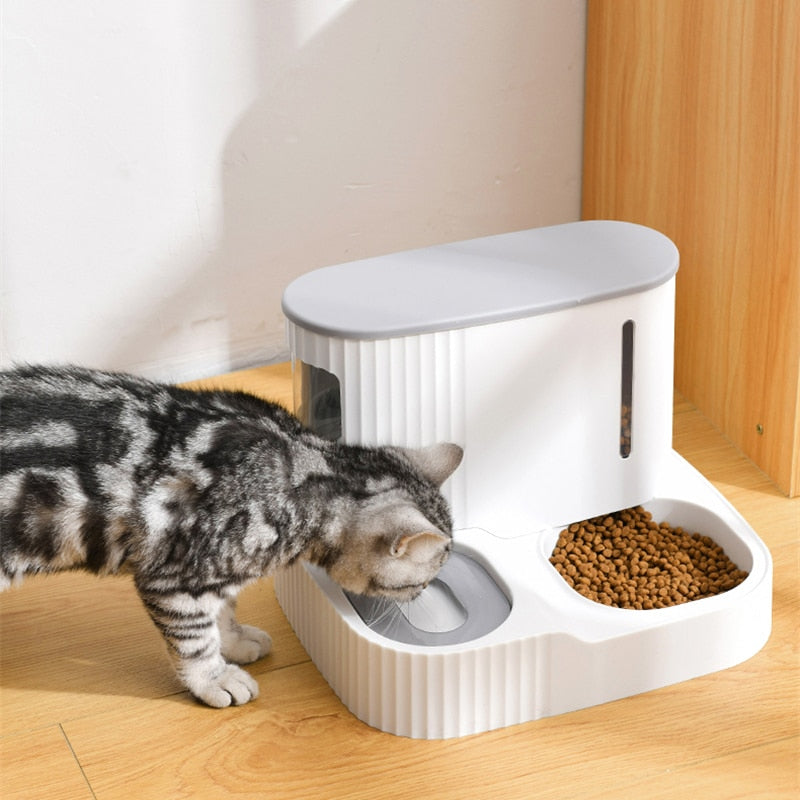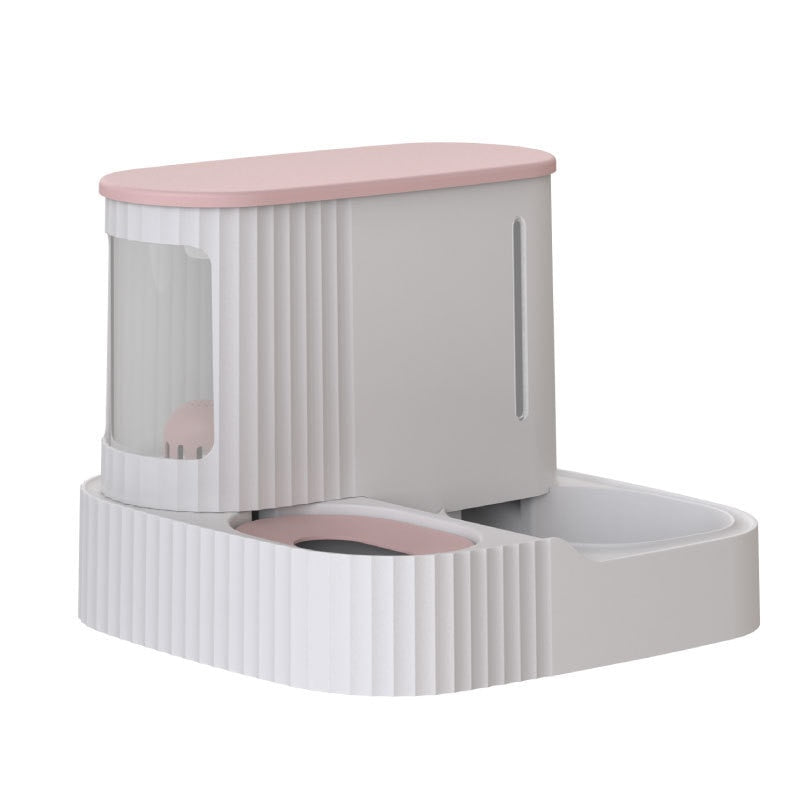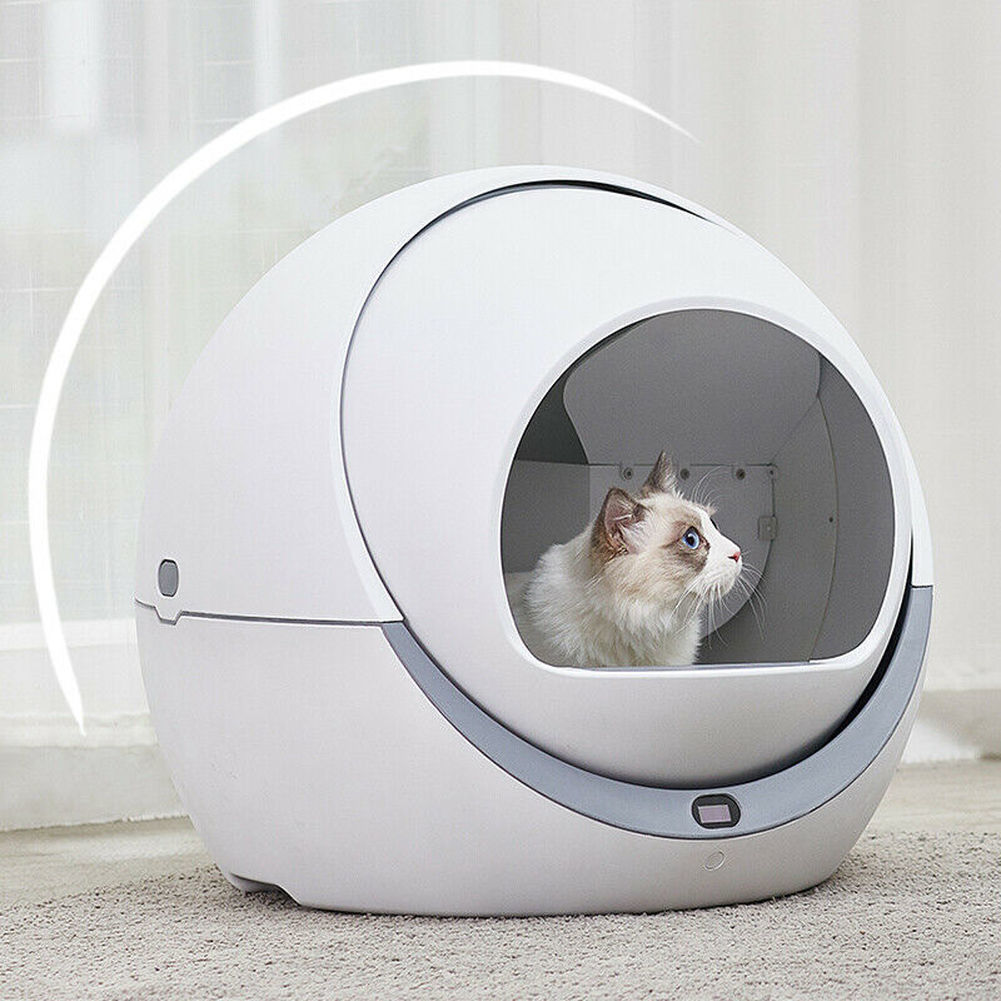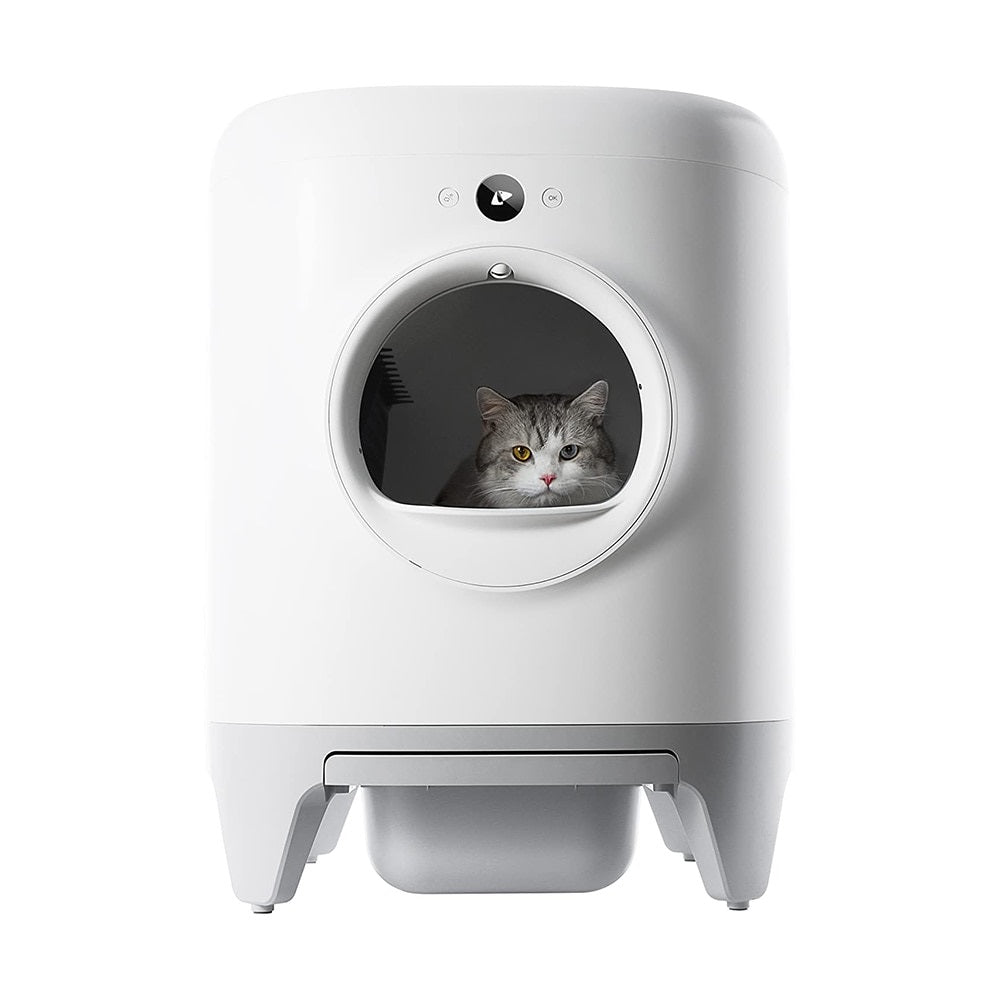Lyme Disease in Cats: Feline Borreliosis, Symptoms

Feline Borreliosis: Lyme Disease in Cats - Symptoms, Treatments and Prevention

More recurrent in dogs, Lyme disease or borreliosis does not spare the cat, althoughit remains quite rare in the latter. Caused by a bacterium of the Borrelia family following an infectious tick bite, it manifests itself in a series of distressing symptoms for your cat which should call on you to suspect the disease and seek a veterinary diagnosis.
The good news is that there is a treatment for infection based primarily on antibiotics. However, observing effective preventive measures against parasites and ticks is the best way to protect your cat from disease.
What are the symptoms of feline borreliosis?
It is not only a disease that is rarely encountered in cats, but also, it is a disease that we will consider silent. The first symptoms can appear several days after contact with the infectious agent and 4 weeks to 2 months after the tick bite.
You will notice that among the signs or manifestations generally attributed to Lyme disease the following symptoms are considered more visible:
- A high fever
- A significant decrease in the cat's appetite
- General apathy
In addition, there is inflammation of the joints in the area where the bite is located. It is accompanied by severe pain that can lead to stiffness of the limbs, or even paralysis of your cat.
In its most critical manifestations, Lyme disease can attack vital organs such as the kidneys (renal failure) as well as the heart and prove fatal to your companion.
Hence the importance of a rapid reaction on your part as soon as the signs appear, which naturally involves a veterinary consultation for a diagnosis.
How to diagnose the disease in cats?
Feline borreliosis is a fairly difficult disease to diagnose, firstly because it is quite rare in cats, but also because the symptoms that translate this condition can relate to several other diseases.
However, these symptoms are warning signs that should lead you to suspect Lyme disease.
Your cat, who has recently shown a drop in appetite, a loss of his usual form, difficulty in moving… may suffer from borreliosis. But to be sure that it is indeed from this disease, only a veterinary consultation with the appropriate examinations can attest to its presence.
Note that the diagnosis of borreliosis is mainly based on serological tests. The veterinarian will indeed take a blood sample from your cat which he will then examine by looking for antibodies linked to the immune response in the presence of specific antigens of borreliosis. Depending on the results and considering the symptoms observed, the veterinarian can conclude whether or not the disease is effective.
What is borreliosis or Lyme disease?
You should know that borreliosis, also popularly known as Lyme disease, is an infectious disease carried by ticks. In the case of the cat, we speak more specifically of feline borreliosis.
It is a disease that affects many domestic and wild animals but also humans, the effect is more or less serious depending on the infected species.
First observed in the United States in the 1970s, Lyme disease has spread to Europe. It has been established that its transmission is due to a tick bite.
We generally observe a peak of feline borreliosis during periods when ticks are more present, that is, during the months of March to April, then September and November.
What causes Lyme disease in cats?
The responsible for Feline Borreliosis: Ticks
Note that Lyme disease can be transmitted to your cat exclusively following an infectious tick bite.
Note that feline Borreliosis is caused by spirochetes or bacteria from the Borrelia family. The pathogenic variants which are responsible for the disease are grouped together in the Borrelia Burgdorferies complex. There are several kinds, those present in Europe being mainly B. Burgdorferi ss and B. afzelii.
Schematically, the bacteria is ingested by the tick and passes through its digestive tract. In search of food, the host which is the tick will then stick to your cat which roams in nature and transmit the pathogen to him by feeding on your cat's blood and transmitting the bacteria through his saliva.
However, not every tick bite necessarily leads to the disease, it is necessary both that the tick is a carrier of the bacteria and that the tick has not been removed quickly enough.
What treatment for borreliosis in cats?
In the event of a positive diagnosis of feline borreliosis in your cat, the management will be based mainly on the prescription and administration of antibiotics. They can ideally be combined with anti-inflammatory drugs to help effectively relieve muscle and joint pain in your cat.
Note, however, that the symptoms can be particularly slow to subside, which explains why the treatment is relatively long and expensive given the price of antibiotics specifically developed to fight against Lyme borreliosis.
How can I protect my cat against ticks and therefore against disease?
When faced with Lyme disease, prevention is the best thing you can do to protect your little feline. This disease prevention involves several aspects, whether before, during or after the disease.
We will think first of all about the regular application of antiparasitic care effectiveto your cat, in particular if you live near one of the risk areas of France. But also close to areas such as the countryside, the forest or certain gardens. You should also and above all take the trouble to inspect your cat's coat more often for any ticks that may be attached to it to remove them quickly.
One way to protect your cat is also to plan for the latter's health budget. What if your cat has the disease and you are unable to care for it?
Prevention also involves preparation in case of illness or accident, Lyme disease is an example of when you need to finance an expensive treatment, in anticipation of this kind of case you have two possibilities, save or opt for a cat insurance to meet the cost of treatment.
What you should remember about feline
- borreliosis Feline borreliosis is an uncommon disease in cats.
- Feline borreliosis causes very strong fatigue, pain resulting in apathy and loss of appetite and in the most serious cases damage to the cat's vital organs.
- The final diagnosis of feline borreliosis is confirmed by a serological test done by a veterinarian.
- Borreliosis or Lyme disease is brought on by a tick bite.
- The treatment of feline borreliosis takes a long time.













